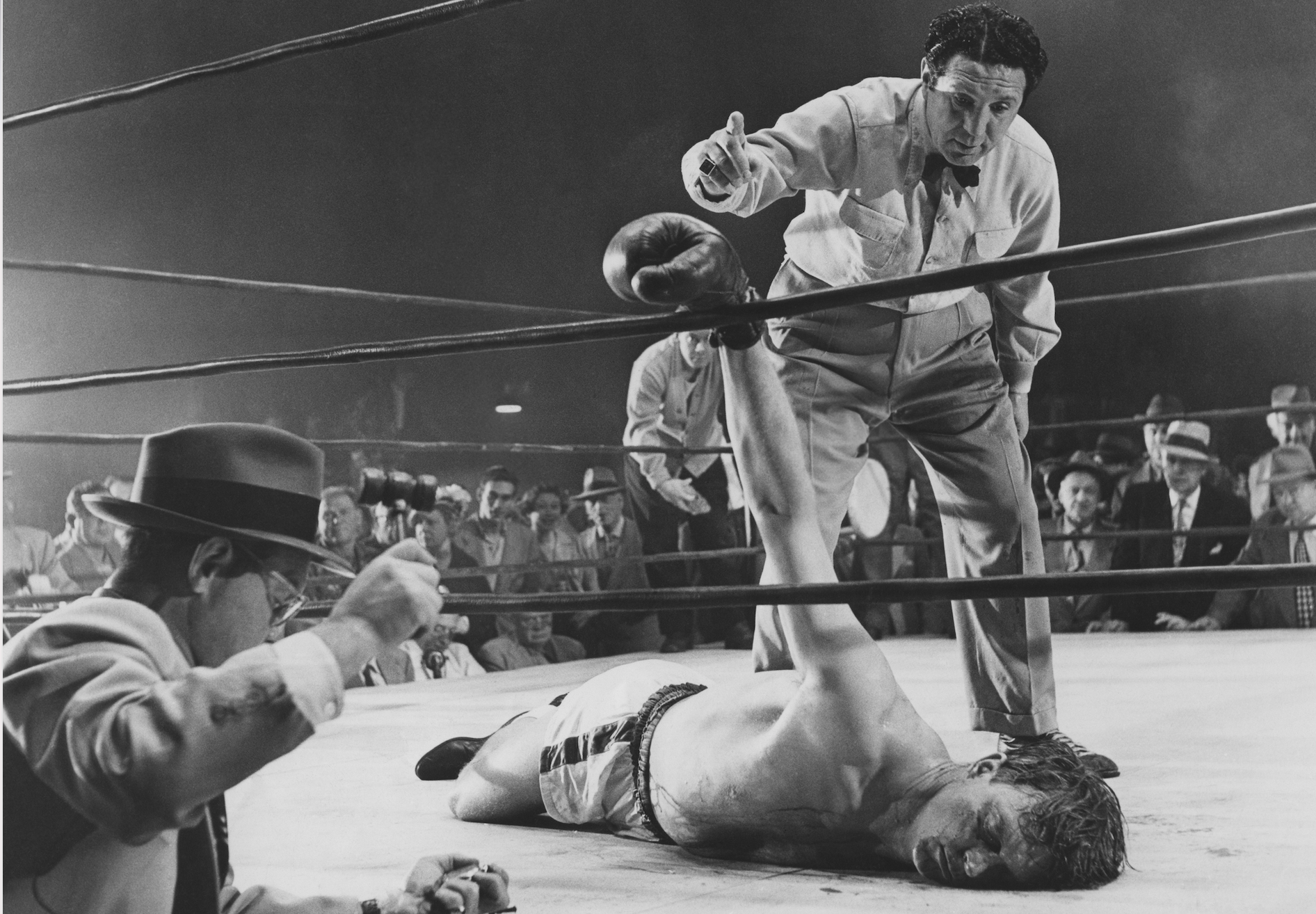Why We Choke
What the Science Says About Choking Under Pressure
Writer / Dr. Dave Schroerlucke
Photography Provided
“Putts get real difficult the day they hand out the checks.”
– Lee Trevino
Most of us are familiar with the experience of choking under pressure – that is, giving a subpar performance in a one-shot-only scenario such as an important competition, examination or job interview. Choking on a big stage is a dreadful experience that every athlete or performer hopes to avoid. Of course, understanding why choking occurs is a critical first step toward prevention.
The scientific study of the choking phenomenon really began in earnest in the late 1980s, after Roy Baumeister and Carolin Showers published a comprehensive review in 1986 of the prior research on what they called “paradoxical performance effects” – that is, performing poorly when there are incentives to perform well.
Despite more than three decades of empirical research, both in the lab and on the field, social and psychological scientists have yet to produce a consensus theory of choking.
Instead, three competing theoretical models have emerged – the skill-focus model, the distraction model and the self-presentation model. This article provides a broad overview and comparison of these attempts at providing a scientific explanation of why people choke.
Attentional Models of Choking
Skill-Focus Model
Advocates of the skill-focus model have adopted Roy Baumeister’s original idea that choking occurs when performance anxiety causes athletes to become self-conscious and pay too much attention to the conscious processing of skill execution.
Such explicit monitoring or reinvestment of attention is thought to have a negative effect on well-learned skills that are typically processed outside of conscious awareness in the form of implicit, procedural memory (i.e. on autopilot).
Put simply, the skill-focus model suggests that choking amounts to overthinking something that by now should be second-nature. Cognitive scientist Sian Beilock and her colleagues have referred to this phenomenon as “paralysis by analysis.” The remedy, then, is to get out of your head and let your unconscious memory take over.
Distraction Model
Alternatively, proponents of the distraction model propose that choking occurs
because heightened arousal causes athletes and performers to shift their attention away from task execution rather than toward it.
Attending to external, task-irrelevant information (crowd, trophy, prize money) is thought to overwhelm the athlete’s limited working memory capacity, resulting in less efficient processing of task-relevant cues and a higher frequency of performance errors.
Put simply, the distraction model suggests that choking amounts to a breakdown in concentration. The remedy then, in stark contrast to what the skill-focus model would suggest, is to bear down and focus on the task at hand.
Although presented in the literature as opposing explanations (too much attention to skill execution versus not enough), the skill-focus and distraction models share the central assumption that choking is due to a misappropriation of attentional resources as a result of increased arousal and anxiety. For this reason, they are often classified together as attentional models of choking.
Self-Presentation Model
More recently, Dr. Chris Mesagno proposed a third perspective that seeks to synthesize the two competing attentional models into a higher-level, integrated theory. His self-presentation model of choking highlights the social nature of modern sport performance and suggests that competitive anxiety is a form of social anxiety in which the athlete seeks to convey a positive self-image to others through performance outcome.
According to the self-presentation model, choking occurs when an athlete or performer becomes acutely aware of the potential negative implications of a poor performance for their social identity, such as being portrayed as a “choker,” prompting a deterioration in performance by one or both of the attentional disturbances described above.
Because the self-presentation model is the newest kid on the theoretical block, there are fewer empirical studies investigating the link between self-presentation concerns, competitive anxiety and choking. However, qualitative studies involving anecdotal descriptions of choking experiences from professional and world-class amateur performers offer compelling support for the idea that choking is related to heightened self-consciousness and fear of negative evaluation in a social setting.
Toward an Integrated Theory
Who has it right, then? Do we choke because we focus too much attention on skill execution or not enough? Given that similar research results have at times been interpreted as offering support for each of these two diametrically opposed explanations, this theoretical stalemate is not likely to be resolved any time soon.
Is this even the correct question to be asking? According to the self-presentation model, how we use our attention under pressure is not the central concern, but rather what are the internal experiences that produce shifts in attention when the pressure is on.
Rather than seeking to compete with or replace the attentional models, Mesagno has speculated that the self-presentation, skill-focus and distraction models can be combined into a single, integrated theory of choking in which competitive anxiety originates in self-presentation concerns and subsequently leads to skill-focus and distraction as different coping strategies.
Thus, for Mesagno and colleagues, self-presentation concerns and fear of negative evaluation are the “why” of choking, while skill-focus and distraction are the “how.” Making this distinction between the “how” and the “why” holds promise in serving as a basis for the development of interventions aimed at addressing both the ultimate and proximal causes of choking.
Summary
So, why do we choke? The truth is, we don’t know. It is likely that choking is caused by a combination of factors, often unique to the particular individual. In the end, choking under pressure turns out to be a complex phenomenon – a subjective human experience that does not lend itself to one-size-fits-all explanations or remedies.
All scientists can do at this point is offer a range of explanations and strategies whose validity must then be checked against your own personal experience. If an explanation resonates with you or a strategy “just works,” that’s ultimately what matters. In the end, we all just want to find a way to choke less frequently.
One thing is certain. The universality of the choking phenomenon, along with our collective fear of its devastating effects, ensures that the causes of choking will continue to be the subject of intense scientific research. In time, as with all areas of scientific inquiry, the fog of confusion will slowly clear and give way to a more coherent theory of choking under pressure that can serve as the basis for more effective interventions.
With you in the pursuit,
Dr. Dave





